I Just Made $100 off Some Dead Kids, and That’s the Problem
Examining the Media / Mass Shooter Symbiosis
This article originally appeared on Medium April 19, 2019, in the wake of the El Paso / Dayton mass shootings.
Mass shooters and the media are a symbiotic meme. Each reinforces the other, and some ride this symbiosis to riches while others die. And nobody talks about this, especially the media, because they don’t want to let the very lucrative cat out of the very deadly bag. But I’ll do it, since I don’t make that much money anyway. Let’s first look at my numbers, then at some good science on the subject, then wrap the whole thing up into a nice ugly, gore-soaked package. We also talk music, which it turns out, is important.
HWFO
You’re currently reading a blog that’s 50% gun statistics, 50% culture war analysis, and 85% media criticism, owing to how Venn Diagrams work.
I like the cultural analysis stuff better, personally, but the gun articles get all the traffic. If I were trying to make money from this endeavor, I would only write gun articles. And here’s why.
If I write nothing I get somewhere between 500 and 1000 views a day on this publication from residual traffic on old articles. But on August 4th, I got 2,736. On August 5th, I got 15,029. I must have really written a balling article on August 3rd.
But I didn’t write a thing.
What did happen on August 3rd? Someone killed 22 people in a Walmart in El Paso.
My August 4th article must have been pretty incredible, though, right? The day after the shooting? 15,000 hits say it had to be a great one.
Didn’t write a thing.
Someone else killed ten more people in Dayton.
But they both used guns, and those shots are like the clapper in a giant, insane, social media bell. Massive arguments about gun control reverberate through Twitter and Facebook, fed by the media, as people constantly link articles that they find useful in their anxiety driven yelling fits. Every link drives a click and every click earns some media behemoth a third of a penny, give or take. And when I say they’re ringing the bell, I’m not joking. Let’s talk about bells.
Sound Synthesis and the Reverberation of Gore
One of the first things synthesizer players learn is how ADSR envelopes work.
Attack, Decay, Sustain, Release. These are amplitude parameters, or the volume of a synthesizer note. How loud it is. Attack is how fast the note grows in volume, decay is how quickly it falls off while the key is still held, sustain is the volume it maintains after the initial key strike, and release is how long it takes to fade away. Here’s a snapshot of how you’d set up Ableton’s Operator synthesizer to replicate a bell:
The ADSR envelope is that black box in the middle. The attack is steep and linear, the decay is exponential, and we don’t care about sustain or release with bells.
Here’s what the waveform looks like when you sample it:
Look familiar?
Say it with me. Booooonnnnnngggggg.
My experience running this publication has taught me some interesting trends. If I have an article that pops on Reddit, the traffic decay envelope is quick — several days, as the thing falls off the front page. If it hits Facebook, the decay is a week or longer, and the amplitude is much larger as well. The Medium snapshot above is the attack and decay from three major articles hitting Facebook feeds in the wake of two consecutive mass shootings.
The Left Is Making the Wrong Case on Gun Deaths. Here’s a Better Case.
Everybody’s Lying About the Link Between Gun Ownership and Homicide
The Surprisingly Solid Mathematical Case of the Tin Foil Hat Gun Prepper
This is the Ballad of the Blood-Soaked Clicks, made real and stripped bare. This blood money bell reverberated through my Medium account and made me enough cash to buy a week’s worth of groceries. But my traffic doesn’t even register, compared to some place like CNN.
Which means CNN has a curiously disgusting financial incentive to ring the bell.
Scoreboard!
One CNN article bounced around during the reverberation of this particular shooter media bell builds an index of who the most “successful” mass shooters are, like some kind of video game high score list. Gunviolecearchive.org even formats theirs like a video game scoreboard. Check this out:
I feel dirty even including it in the article. Look at it. Now look at this.
Look similar?
Can you imagine the outrage if a major media outlet had a list of top ten bridge jumping suicides ranked by how high the bridge was? It might incite someone else to jump from a higher bridge.
Jamie Madigan, Ph.D. knows quite a bit about the psychology of games, and how high score lists can motivate people to keep playing them, or overachieve as compared to their peers, when they see these lists. It’s a dopamine fix related to “Social Comparison Theory,” which is a theory from Leon Festinger, more famous for his work on Cognitive Dissonance. Here, Dr. Madigan explains how to use Social Comparison Theory to design better high score lists:
This is a great video, but I’m pretty sure he won’t like me linking it and telling you to do what I’m about to tell you to do. I want you to watch the first half of the video and pretend we aren’t talking about games. We’re talking about mass murder. And then pretend that you’re not watching the video for suggestions on things we should be doing to make people play more games, but rather things we should specifically avoid, to keep people from mass murdering each other.
Do his slides look like our media behavior?
Please don’t confuse the argument here. I’m not saying mass shootings have anything to do with ‘violent video games.’ I’m saying some of the things that game designers do, psychologically speaking, to make people play more video games are corollary to things the media is doing, psychologically speaking, with their media coverage of mass shootings.
And this isn’t just pissing in the wind. We have real science supporting this contention, specifically related to suicides, homicides, and mass shootings.
Mass Shooters are a Media Driven Social Contagion
Adam Lankford performed an interesting study in 2017 indicating that the media coverage afforded to mass shooters equates to about 75 million dollars in free publicity. Abstract:
In recent years, some critics have suggested that the media make mass killers into celebrities by giving them too much attention. However, whether the media coverage these offenders receive actually approaches the amounts given to celebrities has never been tested. This study compared perpetrators of seven mass killings during 2013–2017 with more than 600 celebrities over the same time period. Findings indicate that the mass killers received approximately $75 million in media coverage value, and that for extended periods following their attacks they received more coverage than professional athletes and only slightly less than television and film stars. In addition, during their attack months, some mass killers received more highly valued coverage than some of the most famous American celebrities, including Kim Kardashian, Brad Pitt, Tom Cruise, Johnny Depp, and Jennifer Aniston. Finally, most mass killers received more coverage from newspapers and broadcast/cable news than the public interest they generated through online searches and Twitter seems to warrant. Unfortunately, this media attention constitutes free advertising for mass killers that may increase the likelihood of copycats.
Jillian Peterson and James Densley mentioned this copycat effect in the LA Times this August.
Third, most of the shooters had studied the actions of other shooters and sought validation for their motives. People in crisis have always existed. But in the age of 24-hour rolling news and social media, there are scripts to follow that promise notoriety in death. Societal fear and fascination with mass shootings partly drives the motivation to commit them. Hence, as we have seen in the last week, mass shootings tend to come in clusters. They are socially contagious. Perpetrators study other perpetrators and model their acts after previous shootings.
The best breakdown of this effect is probably by Kareem Shaya at Open Source Defense. You should read that article and come back, but here’s the short summary.
Lots of research has gone into copycat violence related to suicide. The Vienna subway suicides, the Golden Gate Bridge suicides, and others have prompted researchers to do studies on the copycat effect of suicide. From OSD:
Copycat suicides are so well-studied that the phenomenon has been named — “the Werther effect” — after a Goethe character who’s said to have inspired a spate of copycat suicides in the late 1700s. Modern studies suggest that celebrity suicides can have the same effect today: “Compared to the number of suicides as predicted by the model, [Robin Williams’] death was associated with a 12.8% increase in suicides in August and September 2014 and a 25.5% increase in suicides attributable to suffocation during those months.”
Which in turn leads the National Alliance on Mental Illness to draft rules about how the press should cover suicide. What the media should say, and what it shouldn’t, to ameliorate the copycat effect. And the press, by and large, follows these guidelines. Following them doesn’t cost the press any money, for two important reasons:
1) Media consumers don’t really care about the details of a suicide, and
2) The media wouldn’t make any money off the copycat suicide anyway.
If Joe on Bankhead Highway kills himself after Robin Williams does, then Joe doesn’t get a spread on the front page of CNN or Fox. Joe is worth zero clicks.
Jennifer Johnston Ph.D. and Andrew Joy published a comprehensive look at this effect in 2016. Some of their quotes from the APA related press release are damning.
“We suggest that the media cry to cling to ‘the public’s right to know’ covers up a greedier agenda to keep eyeballs glued to screens, since they know that frightening homicides are their №1 ratings and advertising boosters,” she said.
[…]
“If the mass media and social media enthusiasts make a pact to no longer share, reproduce or retweet the names, faces, detailed histories or long-winded statements of killers, we could see a dramatic reduction in mass shootings in one to two years,” she said. “Even conservatively, if the calculations of contagion modelers are correct, we should see at least a one-third reduction in shootings if the contagion is removed.”
One third reduction. Is that model accurate, and predictive? I don’t know. At the surface, changing the way the media covers mass shootings looks far easier than (somehow) magically evaporating the nation’s most popular rifle, and would save a lot more people than making a mass shooter carry thirty ten round magazines instead of ten thirty round magazines.
But we run into a game theory problem, that we’ve discussed before, which goes back to the tragedy of the commons in the attention economy. For this specific example, it goes about like this:
CNN could decide not to cover a mass shooting in the way they’re covering it. So could Fox. Good for them. But what happens when MSNBC or Vox decides to cover the shooting in the same way as they did yesterday? They get the clicks, the market share, the traffic, and the number of reads on these bad articles doesn’t change. The social contagion hasn’t been mitigated at all. All that’s changed is who makes the blood money.
And we have no gatekeepers. If every major media outlet made a grand pact to cover mass shootings differently, maybe Breitbart scoops up the traffic. Or some Medium blogger. So the media themselves are in a Prisoner’s Dilemma, where they are forcing themselves to literally kill more people in mass shooting events because if they don’t do it someone else would. And this is what it looks like:
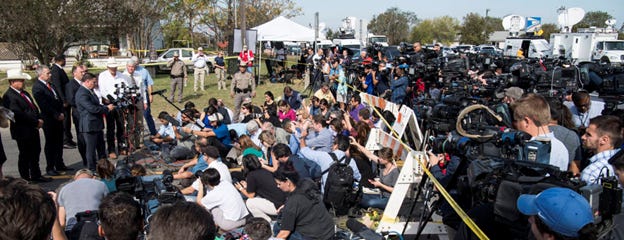
Ten cameras for every mourner, feeding the beast it’s daily dose of Culture War Ammunition. The people on the right-hand side of that photo killed 33% of the victims the ones on the left are mourning. According to the math, anyway.
The media and the mass shooters are in a complex symbiosis of bullets, blood, and money, and it’s going to take a very coordinated effort across organizations that appear to hate each other to break the cycle, and stop ringing the bell.
I hope they break it. I don’t need the grocery money.




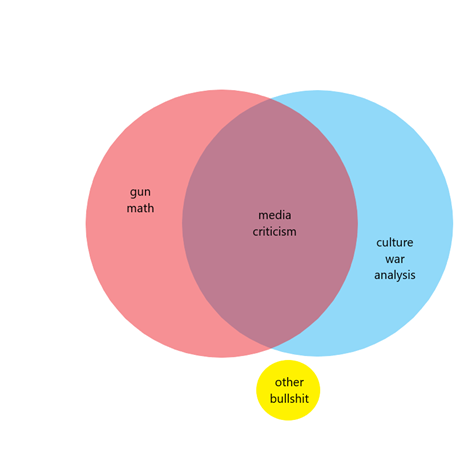
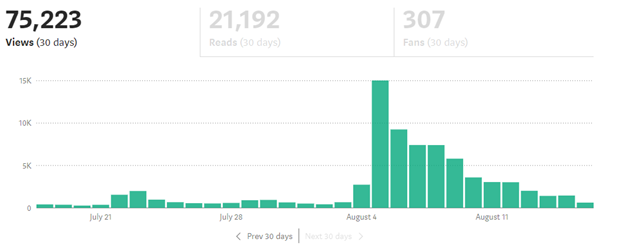



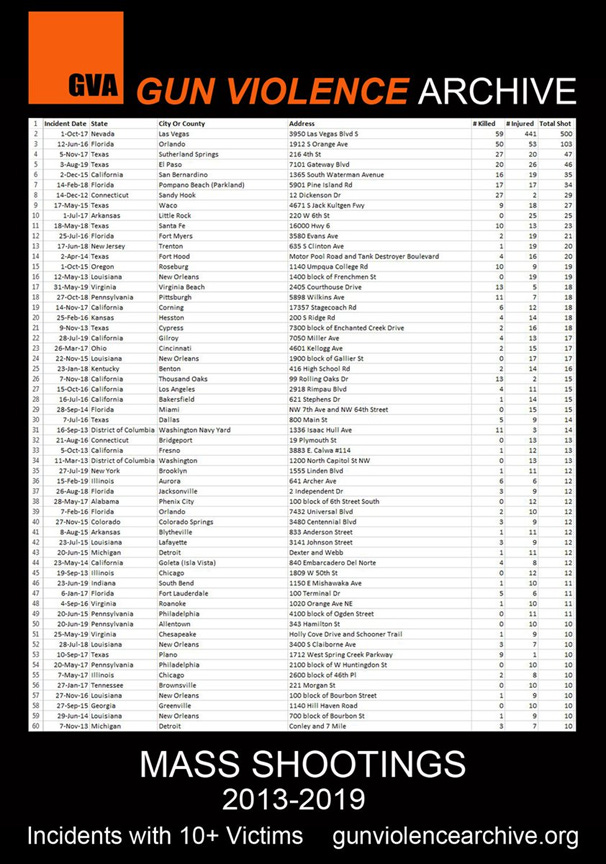
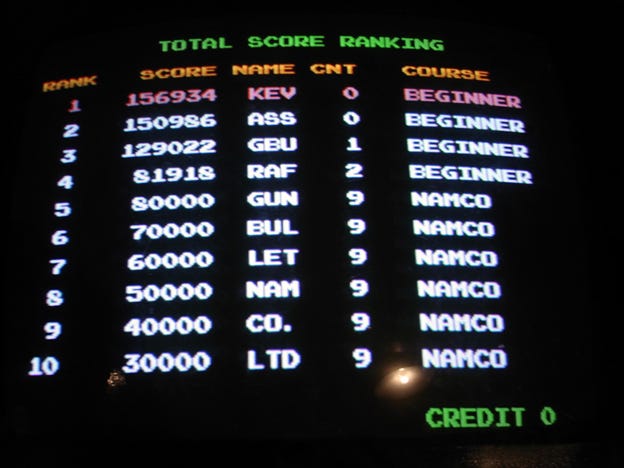


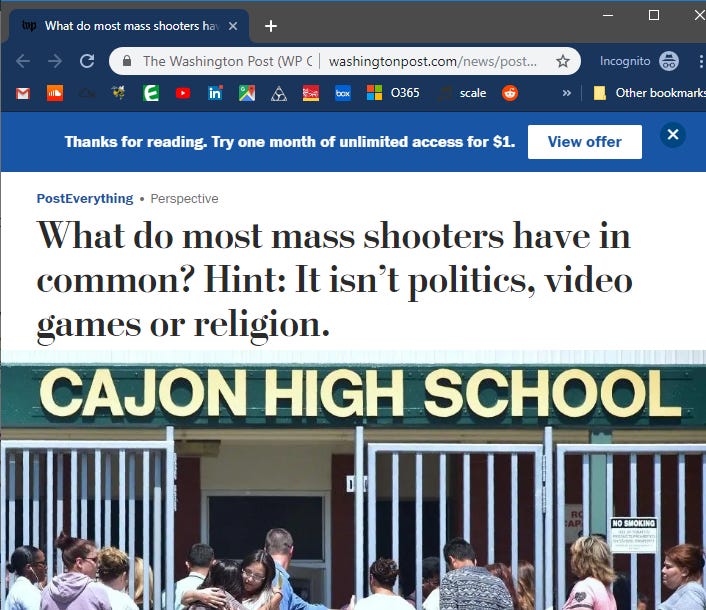
That last picture is strangely horrifying...